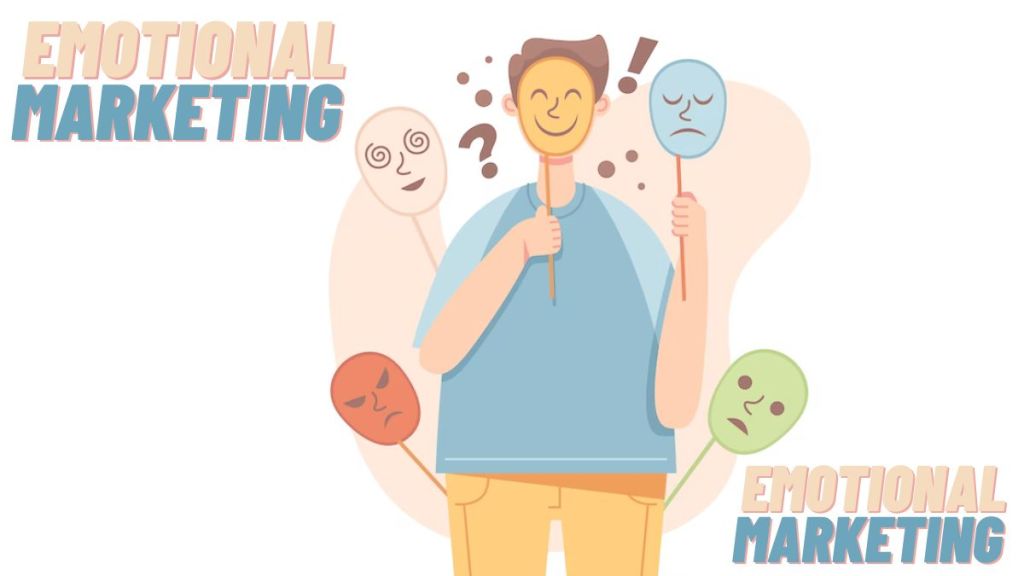At a time when marketing is nothing but a tactic for generating return on investment (RoI); does emotional quotient (EQ) have a role to play in brand building? Well, the best marketing campaigns have always been the ones which implied emotional cues to elicit the audience, be it P&G Ariel’s #ShareTheLoad or Cadbury’s #KuchMeethaHoJaaye, among others. “RoI plays a pivotal role in marketing strategies to drive lead gen and performance marketing. However, digital marketing should never be separated from brand building which requires the brand to have the necessary EQ,” Krishna Iyer, director – marketing, MullenLowe Lintas Group, told BrandWagon Online.
To be sure, experts believe that a good marketing campaign is a balance of both, EQ and RoI. “Emotions are the lifeblood of any sane marketer or creative. RoI stands for Return on Investment and emotions are an investment done to capture hearts and minds. In marketing, RoI and emotions are not different things; they are connected. If RoI is relevant, EQ is too,” Hayden Scott, creative head APAC, Virtue Worldwide – agency powered by VICE, opined.
Case in point: Airtel’s ‘har ek friend zaroori hota hai’, conceptualised by Taproot Dentsu, resonated with youth as the ad film focused on how one can remain connected with their friends from different phases of life, be it childhood, adolescence or adulthood, through messages and calls. The campaign’s popularity can be measured by the fact that the jingle ‘har ek friend zaroori hota hai’ became the friendship anthem then.
How to measure sentiment?
To measure the emotional sentiment of a brand campaign, social media has a crucial role to play as it allows brands to seek insights from consumer interactions, be it likes, comments or shares. With social media platforms such as Facebook, Instagram and X (formerly Twitter) at their disposal, brands can closely observe their customers’ sentiments. For instance, Starbucks has utilised social media to engage with comments and learn about customer needs and preferences. “In planning campaigns, this social data can play a pivotal role. Brands can gauge the success of campaigns, understand what resonates with their audience and almost instantly fine-tune future strategies,” Iyer added.
Additionally, emoji reactions and the number of retweets count as another way to understand consumer sentiment. Bhavik Mehta, founder and CEO, Thinkin’ Birds Communication, explained that brands are mining that raw sentiment with text analysis, machine learning, and emoji sleuthing to understand what consumers feel about them. “In the age of social media, the loudest voices aren’t the ones that shout; they are the ones that resonate,” he added.
Emotions versus Numbers!
In a fight of emotion versus numbers, both have a cardinal role to play. Emotion-led communication is for the long-term, which builds and establishes the loyalty, love and passion for the brand. The number-driven approach is short-term and the outcome is directly attributed to sales or revenue. Thus, an equilibrium of both is needed. “I do not doubt in my mind that if you are here to stay, then you need to start with an emotion-driven approach and let the two work together, balancing out the stage a brand is in. Certainly, if it is about making the venture capitalists (VC) happy with numbers then performance is the only game to play,” Kumar Awanish, chief growth officer, Cheil India, said.
According to Harvard Business Review (HBR), the emotional connection between a customer and a company is 52% more valuable than customer satisfaction, which means customers connected to a brand emotionally can generate 52% more revenue in the long run. Interestingly, experts also believe that though there are too many positives about emotional marketing, performance marketing has speed and the pandemic has made marketers believe in it. “Durations have shrunken and targeting has become sharper, but that’s all that has changed. Our approach to telling human stories rooted in insights has not changed. Performance marketing is also for humans who have emotions and make emotional buying decisions. Emotional marketing is a new term for an idea that is as old as advertising and if you aren’t using it, you’re losing out big time,” Scott added.
Moreover, in today’s world where artificial intelligence (AI) exists, deciding whether emotions would ever get replaced has always been a debatable topic. But consumers will never become robots! While some industry experts believe that emotional marketing will continue to spark a position in consumer’s minds, others believe that the future is about both emotions and numbers. “Agencies need to be data detectives and storytellers, using numbers to personalise experiences and craft narratives that truly move people. AI fuels the engine, but humans steer the wheel, keeping things authentic and relatable. Think of it like baking: data’s the flour, emotion’s the sugar, and together they create a sweet, irresistible brand cake,” Mehta said.


